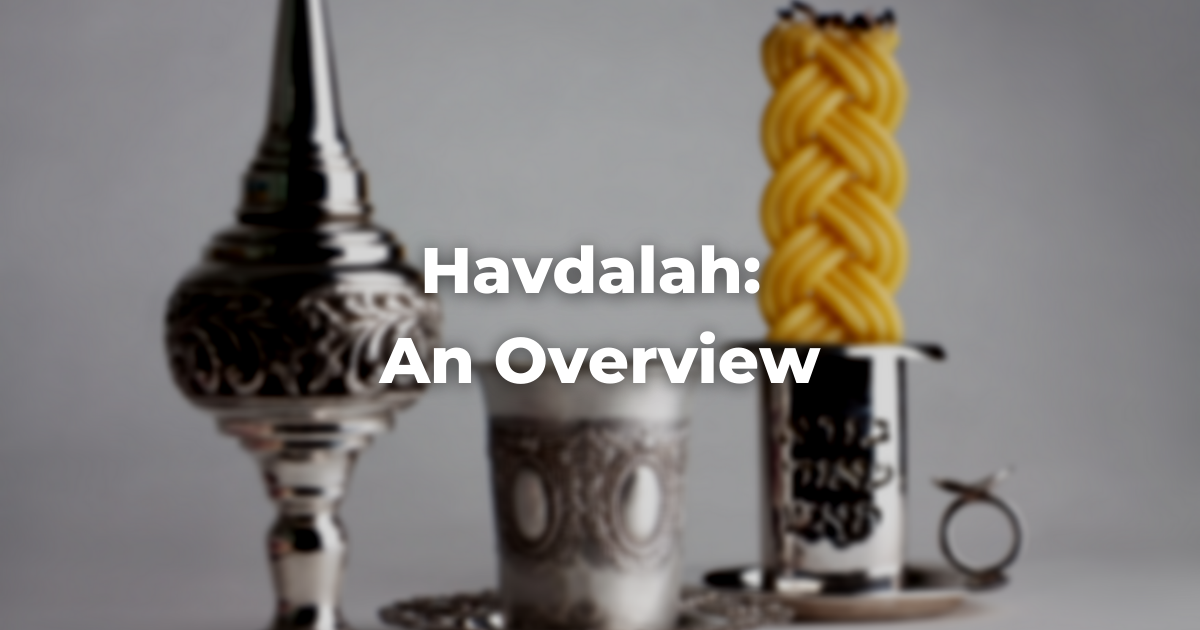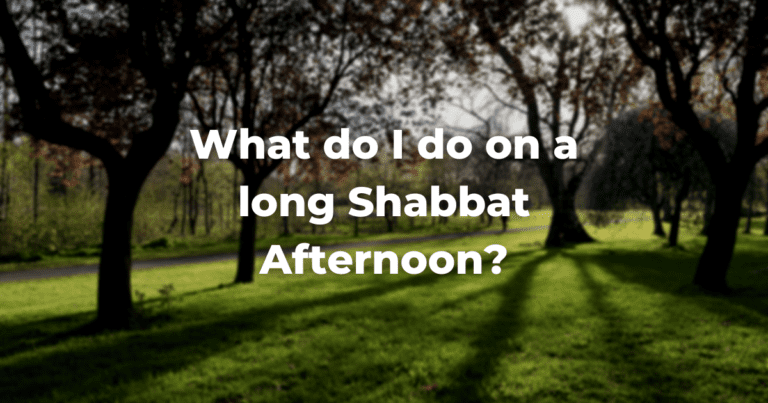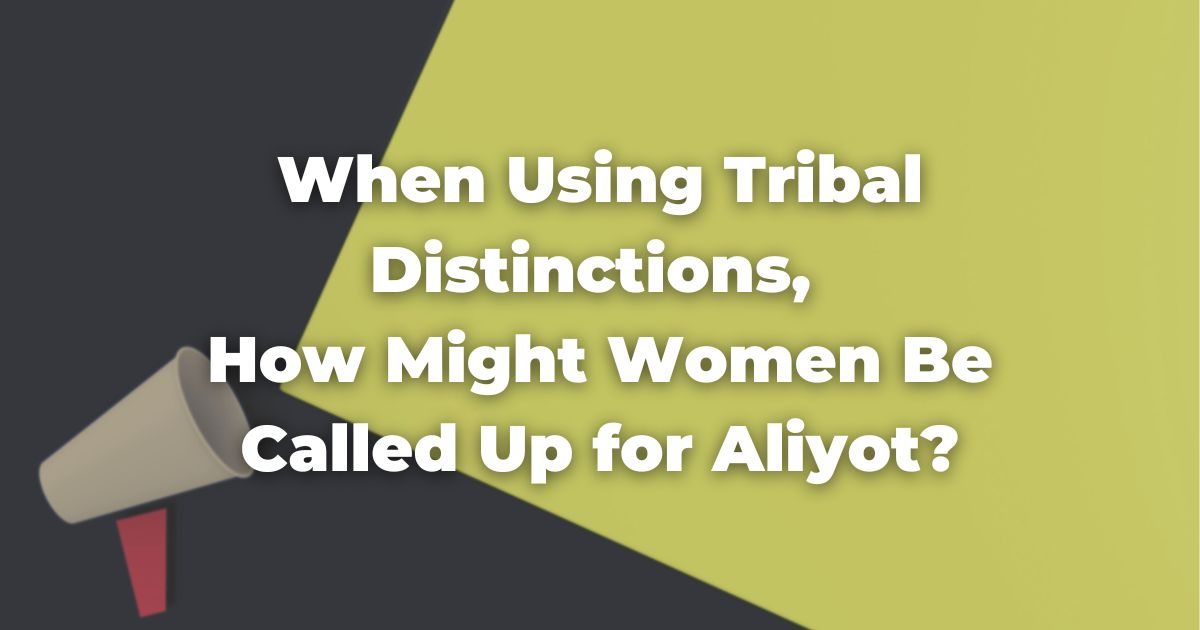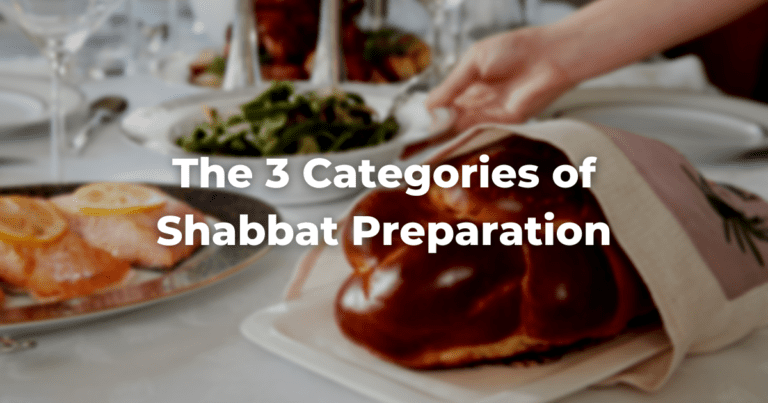What is havdalah? This generally refers to the ritual that formally ends Shabbat on Saturday night.
How long is the havdalah service? The ritual itself is only a few blessings and lasts only a few minutes.
The rabbinic understanding of the Torah’s injunction to remember the Shabbat day and keep it holy is that one should not merely recall that it is Shabbat, but actually inaugurate the day formally with Kiddush and mark its end just as formally with the Havdalah ceremony (BT Pesachim 106a; cf. Mishneh Torah Hilkhot Shabbat 29:1).
The Two Forms of Havdalah
There are actually two forms of Havdalah (also written havdallah): the paragraph added to the fourth blessing in the Saturday evening Amidah, marking the formal end of Shabbat, and the home ritual involving wine, spices, and candle.
This version of Havdalah consists, essentially, of blessings over wine, spices, and fire, and concludes with a prayer acknowledging God’s plan to make manifest the presence of the Divine in the world by clearly distinguishing between the sacred and the profane.
In our world, the distinction between the two ceremonies is a function of location: in synagogue, we end Shabbat by inserting the Havdalah paragraph into the Amidah and by performing the synagogue version of the home ritual, and at home we end Shabbat with the home version of Havdalah.
In some synagogues, as noted, the opening paragraph is omitted and Havdalah begins with the blessing over wine. Of course, any who choose to recite their prayers at home also include the Havdalah paragraph in the Amidah.
About The Havdalah Ceremony
An interesting feature of the Havdalah ceremony is that it engages all five senses.
Havdalah thus serves as a kind of sensory antidote to the melancholy that many experience on Saturday afternoon at twilight. As the day grows quiet and Shabbat nears its end, there is a feeling of subdued sadness in the air. But when nightfall comes, Havdalah calls out to the five senses and reminds us that there is pleasure in this world that comes from work, not only from rest.
There are some interesting parallels between the onset and the departure of Shabbat. At sunset on Friday night, for example, at least two separate candles are lit.
On Saturday night, on the other hand, we light one braided candle with (at least) two wicks.
On Friday nights, Kiddush is recited over wine at the dinner table to begin the Shabbat meal; on Saturday night, Havdalah is recited over wine (or, in a pinch, over some other popular beverage), often at the same table, to end Shabbat. Even the use of spices on Saturday night is reminiscent of the pleasant aromas that permeate a traditional home on Friday night.
Havdalah is introduced by seven biblical selections: Isaiah 12:2–3, Psalm 3:9, Psalm 46:12, Psalm 84:13, Psalm 20:10, Esther 8:16, and Psalm 116:13.
The seven selections remind us of the seven days of the week, but they also have the common theme that God will bring ultimate deliverance to Israel. Shabbat, the liturgy suggests, is a refuge from the difficulties of life. But, as Shabbat ends, the same liturgy reminds us that we can also pray and hope for permanent redemption.
Havdalah is recited over a full cup of wine, a symbol of our hope for God’s blessings in the coming week. (As noted above, any beverage except water will suffice in the absence of wine, in which case the correct blessing is recited.)
In addition, Havdalah requires a special multi-wicked candle and a container of spices. (Cinnamon or cloves are most commonly used, although any fragrant spice will do. Sephardic Jews often use fragrant myrtle branches.)
Observing the Havdalah Ceremony
The ritual is conducted in the following way. (The order of blessings is fixed: wine, spices, candle, and the Havdalah blessing itself. The order is easy to remember if one knows the Hebrew terms for the four items—yayin, b’samim, neir, havdalah—because they spell out the name Yavneh.) (Spices can also written besamim.)
First, the lights are dimmed, as it is customary to perform the Havdalah ritual in the dark.
Then, the cup of wine is lifted up using the right hand. At the recitation of the words, “I shall lift the cup of deliverance,” it is customary to raise the cup a little higher. We do not, however, drink the wine immediately after reciting the blessing. Instead, the wine is sipped after the final benediction is pronounced.
After the blessing over the wine is intoned, the spice box is then taken in the right hand and the appropriate blessing is recited.
(The use of spices is rooted in an old Jewish belief preserved in the TalmudReferring to one of two collections, the Jerusalem and Babylonian Talmuds, edited in the 6th century, that contains hundreds of years of commentary, discussion, and exploration of the ideas in the Mishnah. One could describe it as Mishnah + Gemara = Talmud Read more at BT Beitzah 16a and Taanit 27b in the name of the great teacher, Reish Lakish, according to which each Jew receives an additional soul, a n’shamah y’teirah, for the duration of Shabbat. On Saturday evening, this additional soul departs, thus leaving the individual from whom it departs spiritually diminished and physically spent. The spices are thus imagined to revive the person who has so recently suffered the loss of this second soul.)
Next, the blessing over the multi-wicked Havdalah candle is recited.
One must make immediate use of the light in some way upon hearing the blessing, and this is traditionally accomplished by bending the tips of one’s fingers in toward one’s wrists and by looking at one’s fingernails in the candlelight.
Kindling a fire is one of the basic acts of work forbidden during Shabbat. By lighting the flame, we thus demonstrate that Shabbat is over and ordinary weekday activities may resume.
We are also reminded that, according to the Book of Genesis, God began the work of creation by making light on the first day of the week, the very day that begins with the end of Shabbat. By starting our new week by imitating God, we are reminded that human beings are God’s partners in the ongoing creation of the world.
The torch—literally—has been passed to us.
We now lift the cup of wine again and recite the final paragraph of Havdalah before drinking the wine. It is customary to extinguish the candle by dipping it into a dish or cup into which some of the wine over which the blessing was pronounced has been poured.
Some follow the custom of placing a drop of Havdalah wine onto their eyelids to evoke the verse from Psalm 19:9: “The commandment of God is pure, illuminating the eyes.” Others dip a finger into the wine and then place it in their pocket as a symbolic prayer for material prosperity.
The Songs After Havdalah
Following Havdalah, a number of liturgical poems may be traditionally sung or recited. These include the Yiddish-language Gott fun Avrohom and the Hebrew hymns Ha-mavdil Bein Kodesh L’hol and Eliyahu Ha-navi.
A chorus of Eliyahu Ha-navi is also sung by some as an introduction to the Havdalah ceremony itself. It speaks about the prophet Elijah, who, according to Malachi 3:23, will be sent by God to herald the coming of the Messiah. Shabbat is a day of peace in the midst of a week of strife.
As Shabbat draws to a close, it is natural to look forward to our ultimate redemption, and thus we sing and pray for the coming of Elijah. Jewish tradition refers to Shabbat as “a foretaste of the world to come.” And, in turn, the idealized world to come is often spoken of as an age in which every day will be like Shabbat.
The Post-Shabbat Greeting
The traditional greeting following Havdalah is shavu’a tov (“a good week” and also spelled shavuah tov). In many synagogues, the Yiddish equivalent, a gute voch, is heard as well.
Shabbat Followed by a Holiday or Weekday
When Shabbat is immediately followed by a holiday, a form of the regular Havdalah ritual is included in the recitation of the festival Kiddush by reciting a special paragraph that concludes by acclaiming God as the One who “distinguishes one domain of sacred time from another.” The blessing over fire is still recited (albeit over the flames of the festival candles), but the spices are omitted.
At the conclusion of festivals that are followed by a weekday, the final Havdalah paragraph alone is recited over a cup of wine, but without the use of the candle or the spices (SA Orach Chayyim 491:1).
(The Havdalah recited at the end of Yom Kippur is the sole exception to this rule, because both the candle and the wine are used even though Yom Kippur is invariably followed by a weekday and never by Shabbat.)
Festivals Followed by Shabbat
When a festival day is immediately followed by Shabbat (i.e., when the days of the festival are Thursday and Friday), Havdalah is deferred until Saturday evening.
For traditional Jews, Havdalah is the final ritual in a twenty-five hour day packed with rituals. For Jews who are new to the tradition or who are not ready to incorporate all of Shabbat into their lives, Havdalah can still serve as a dramatic reminder of the beauty and emotional power of Judaism.
Adapted with permission from The Observant Life.
Authors
-

The Observant Life: The Wisdom of Conservative Judaism for Contemporary Jews distills a century of thoughtful inquiry into the most profound of all Jewish questions: how to suffuse life with timeless values, how to remain loyal to the covenant that binds the Jewish people and the God of Israel, and how to embrace the law while retaining an abiding sense of fidelity to one’s own moral path in life. Written in a multiplicity of voices inspired by a common vision, the authors of The Observant Life explain what it means in the ultimate sense to live a Jewish life, and to live it honestly, morally, and purposefully. The work is a comprehensive guide to life in the 21st Century. Chapters on Jewish rituals including prayer, holiday, life cycle events and Jewish ethics such as citizenship, slander, taxes, wills, the courts, the work place and so much more.
View all posts -









